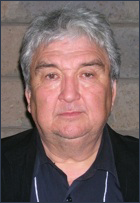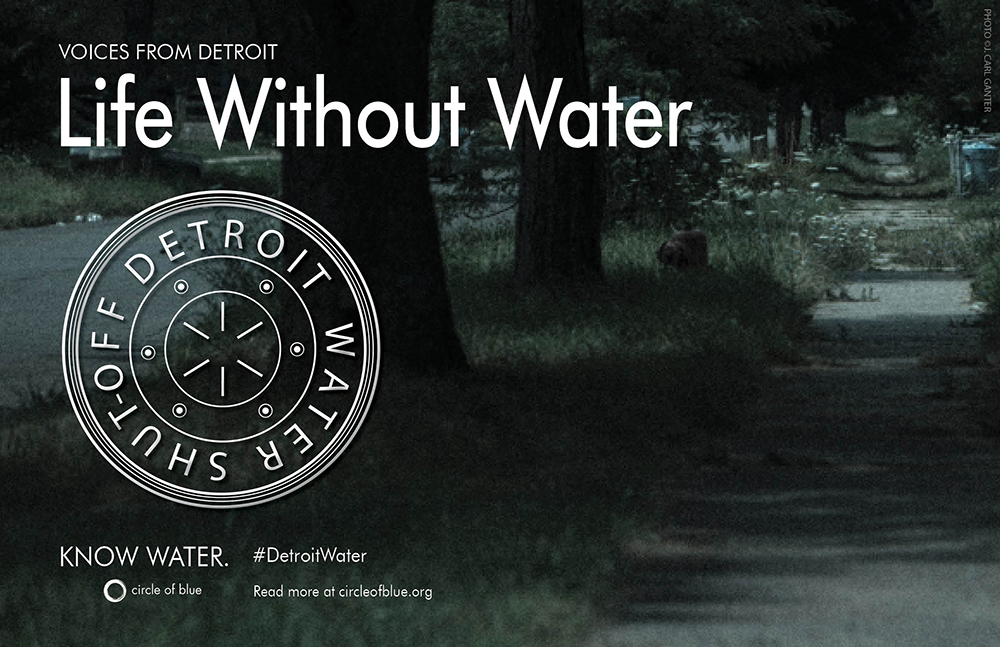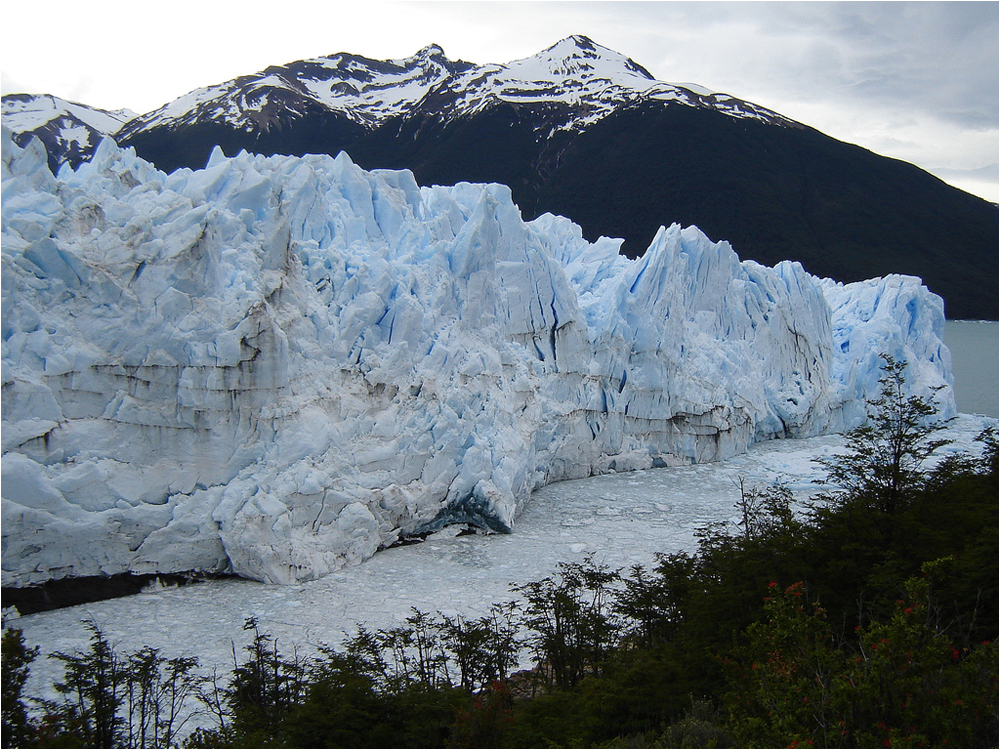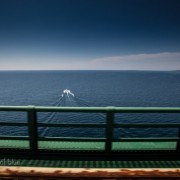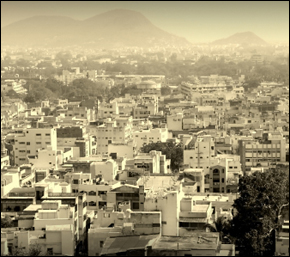Q&A: One Man’s Fight to Save the Aral Sea
As the Aral Sea gains global recognition as the most extreme kind of environmental disaster, Yusup Kamalov shares an expert’s perspective.
J. Carl Ganter: Welcome to Circle of Blue Radio’s Series 5 in 15, where we’re asking global thought leaders 5 questions in 15 minutes, more or less. These are experts working in journalism, science, communication design, and water. I’m J. Carl Ganter. Today’s program is underwritten by Traverse Internet Law, tech savvy lawyers, representing internet and technology companies.
The Aral Sea, nestled in western Asia between Kazakhstan and Uzbekistan, was once the world’s fourth-largest freshwater lake. But in the last 30 years, massive irrigation projects diverted millions of gallons of water from the two major rivers feeding the Aral Sea. This was diverted for cotton fields and rice paddies. By the early 1980’s, the Aral’s fresh water supply was completely cut off.
The lake began to shrink drastically. Salt and mineral concentrations rose, and the destruction of the Aral decimated the fishing industry and actually changed the region’s climate, shortening the growing season. High winds also pick up dust from the exposed lakebed now, hurting air quality and reducing crop yields. Many believe that the Sea is beyond salvation.
In Nairobi, at World Water Day recently, Circle of Blue Reporter Brett Walton spoke with Yusup Kamalov. He is chairman of the Union for the Defense of the Aral Sea and Amudarya, one of the longest rivers in central Asia. It also feeds the Aral.
First question, there’s a dam built between the northern and southern sections of the Aral Sea. How effective has that been in restoring parts of the Sea?
Of course, this dam is very effective to restore the really small, northern part of the Aral Sea, which was actually called the small sea before. Of course it’s very effective, but unfortunately it has an impact on the rest of the sea because the rest of the sea, without this water, dissipates much more quickly than before. We are losing a big part of the sea in a very short time.
What are the health affects in the areas surrounding the sea from the sea’s shrinking?
I don’t think that the shrinking of the sea has a really big impact on the health of the population. But the polluted water, which comes in by Syr Darya and Amu Darya, has a really big impact on the population. We do also lack quality water, clean water, and we are drinking this water. We are irrigating with this polluted water, so it does influence our health. If you come there, you will see a lot of problem with health in general, I mean ability of people to defend themselves from diseases. Indicators of hemoglobin in blood is very low, especially of women. There are very high levels of diseases connected to the liver and connected to salt content in people’s bodies.
In the 1960’s when the Aral Sea was still intact, Vozrozhdeniye Island, Rebirth Island in English, was where the Soviet military was conducting biological weapons testing. When the Sea started to shrink, that island became part of the mainland. What is the status of that Island now?
Unfortunately, we are not informed about the status of the Island. We know that it’s already connected to the south part of our land, but I have no idea now about [the latest status].
The two rivers that feed the Aral Sea mainly are used for irrigation. Do you see any change in the farming practices of any of the countries along these rivers?
No. Unfortunately, there are only a few examples, so-called pilot projects, like deep irrigation in just a few farms, and in general, there are no changes. In general, there is no big movement to save a drop of water. There is a good example in Ferghana Valley of evolving, integrated water management, but it’s a local example. It’s the United States, Tajikistan, Uzbekistan, and Kyrgyzstan.
This pilot project has shown that it’s quite effective, almost without any money, to have a well-scheduled water providing system. They saved 30 percent of the water. They installed some measuring instruments along the canals. It helped a lot. That means that if the governments will pay more attention to involve new technologies, especially new economic tools to save the water, then we will have success.
What economic tools are governments using?
For example, Tajikistan implemented payment for water. Kyrgyzstan too, and some part of Kazakhstan also. Still Turkmenistan and Uzbekistan, they’re not doing anything involving water pricing, etc., because they say it could lead us to an unpredictable situation.
There are a lot of problems in the basin between the upstream mountainous countries and the downstream countries that use water for agriculture. A big part of this problem is dams. Recently the World Bank said it would finance a feasibility study to see if dams are appropriate for the area. How do you see this changing the politics in the basin?
Of course, downstream countries are afraid of the building of such a big dam. It could be used as a political tool to push downstream countries to make certain decision. That is why downstream countries are raising their voices against such dams. If this instrument would be available for mountain countries, then, of course, the situation would be a little bit dangerous for downstream countries.
For example, Tajikistan can push downstream countries to make what they want because they can save a lot of water in water storage. But they’re not [storing water], so that means that Tajikistan doesn’t have [the leverage] to confront downstream countries. I don’t think that it would be a real big problem.
You live in Nukus, which is a city near the Aral Sea, the former border of the Aral Sea. How has the shrinking of the Sea changed in your life? What changes have you seen in the region?
There are a lot of changes, of course, in the region. There are no more big fishing companies or fishermen, and we are observing a lot of sandstorms. The scientists say that after 1960’s, there have been 25 times more sandstorms than before. Of course, the wind became much stronger. I never saw that roofs could be just taken off until the 1990’s, but now it’s just a common picture. Every year we are losing several roofs in Nukus city, every year.
That means that the wind picks up dust and salty dust, and it’s flowing or rising to high levels of the atmosphere. I’m pretty sure that it has an impact on the global climate because the surface of the former bottom of the Aral Sea is so big. You can’t imagine how much dust is picked up by the wind every year, about 100,000,000 tons, which is the same as the activity of several volcanoes. When volcanoes are working, and then the climate is changing. Now nobody pays attention for this as such a big source of the dust. I think it should be investigated in the near future.
Where do you see the future of the Aral Sea?
It’s a very painful question, because what does the future mean for a dead body? Nevertheless, I hope that we will have enough water to keep the Aral Sea a certain size. Maybe it could be three lakes, or maybe even one, but nevertheless we should save the Aral Sea. Because, as I mentioned before, the former bottom of the Aral Sea has a big impact on the global climate. And secondly, the Aral Sea was really the source of economic prosperity for the people living around it.
We should negotiate globally about it. If we are not able to save such a small lake, how can we save the planet? It would be a good example for people that we can do it, even on a small scale. If are we not able to do it, then everybody might doubt we can save our planet. This is why we have to save the Sea.
That was Circle of Blue’s reporter Brett Walton, in Nairobi, speaking with Yusup Kalamov, chairman of Union for the Defense of the Aral Sea and Amudarya. To find more articles and broadcasts on water design, policy and related issues, be sure to tune in to Circle of Blue online at CircleofBlue.org.
Our theme is composed by Nadev Kahn, and Circle of Blue Radio is underwritten by Traverse Legal, PLC, internet attorneys specializing in trademark infringement litigation, copyright infringement litigation, patent litigation and patent prosecution. Join us again for Circle of Blue Radio’s 5 in 15. I’m J. Carl Ganter.
Brett writes about agriculture, energy, infrastructure, and the politics and economics of water in the United States. He also writes the Federal Water Tap, Circle of Blue’s weekly digest of U.S. government water news. He is the winner of two Society of Environmental Journalists reporting awards, one of the top honors in American environmental journalism: first place for explanatory reporting for a series on septic system pollution in the United States(2016) and third place for beat reporting in a small market (2014). He received the Sierra Club’s Distinguished Service Award in 2018. Brett lives in Seattle, where he hikes the mountains and bakes pies. Contact Brett Walton

